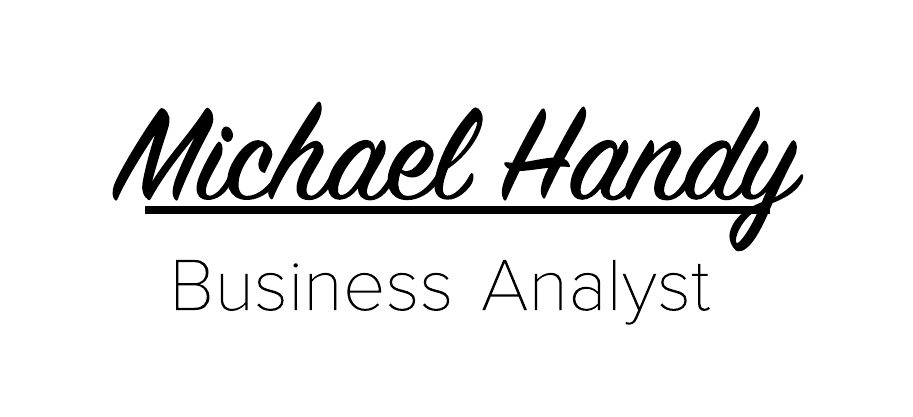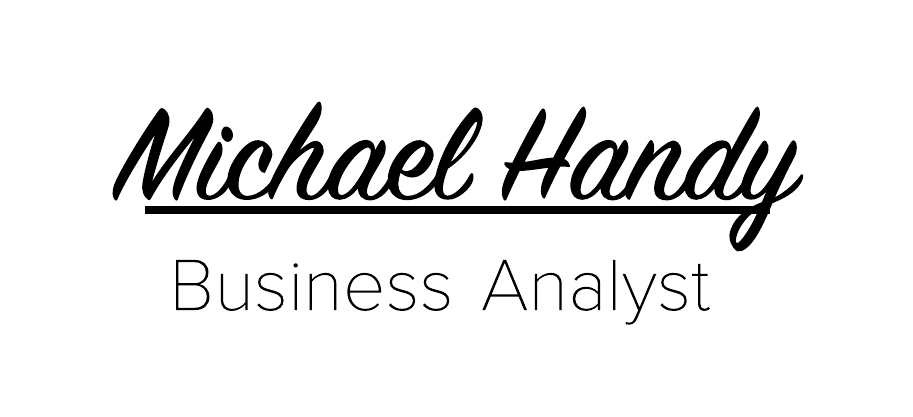
Michael Handy
Michael and his team found themselves saving 50 hours per project by having an efficient diagramming solution rather than relying on traditional whiteboarding or Visio.
Key benefits
- COLLABORATE IN REAL TIME
- Rather than going back and forth with customers, the team can diagram in real time with the customer for instantaneous feedback and approval.
- SAVE TIME
- Michael has found working in Lucidchart to be so much more efficient than trying to diagram in Visio. He can sit down in a meeting and have a polished visual by the end of it, and he can have multiple collaborators on a single document.
- CREATE CONSISTENCY
- Michael and his team built out a template library full of successful workflows. These templates help them find the optimal solution for any given customer, and they also ensure all templates are on brand.
- IMPROVE CUSTOMER EXPERIENCE
- Finished diagrams are passed on to the success management team, and these visuals help them recall the details for each of their many accounts so they can provide the optimal customer experience.

According to Michael Handy’s LinkedIn profile, he’s a senior business analyst at Actian. But after chatting with him, we’re confident he needs to add another title to his resume: Lucidchart evangelist. Because Michael is spreading the good word of Lucidchart everywhere he goes.
Saving 50 hours
Michael first introduced Lucidchart to his former company where he worked in operations. The company was growing business by 1000% but could only grow headcount by 10%. With 10 times the amount of work but only around 10 extra people to help do it, they needed to implement some serious time-saving tactics.
The team set about operationalizing everything. Lucidchart became key, as saving time in whiteboarding and designing solutions translated to saving time in the entire project lifecycle. In fact, the company found themselves saving 50 hours per project by having an efficient diagramming solution rather than relying on traditional whiteboarding or Visio.
Whiteboarding in real time
Michael purchased a Lucidchart license at this company out of his own pocket, and it became his go-to when working with customers. As a result, when customers worked with other employees using a traditional whiteboard rather than Lucidchart, they wanted to know why they weren’t “doing it like Mike.” Within weeks, the CIO had purchased a Lucidchart Enterprise account so everyone could follow Michael’s example. They anticipated training to be a major ordeal but instead found that their consultants were up and running within 20 minutes.
Using Lucidchart, consultants are able to work with customers more efficiently to design solutions, which is crucial for success as the team works quickly works with Fortune 10 companies to rebuild businesses in a matter of weeks. Instead of going back and forth for weeks, Michael and his team get in a room with the customer and work on a Lucidchart diagram in real time with multiple collaborators. Approval is instantaneous, as stakeholders are brought in to review the proposed workflows and solutions as they are created.
“We’re rebuilding from a foundational level and making a lot of structural changes to make people’s lives better. If you can’t show the flow, you won’t be successful,” Michael explains.
One of Michael’s clients was making a major corporate announcement and needed a way to efficiently manage all the social media mentions they knew would result from it. Using Lucidchart, Michael and the client mapped out how each response would be dealt with, resulting in 25 different flowcharts used by 15 different teams.
Michael explains:
“We only had a week to put all of it together. There was no way I could have even pretended to do that with Visio. We just sat down in a room and started walking through each use case. Sometimes we’d have five collaborators working together on the same document, and then we’d pull the VP in to have him approve as we went.”
Creating a template gallery
As consultants design these different workflows for customers, they are simultaneously building out a template library for the team. Successful workflows are anonymized and added to the growing library, which is then shown to customers so they can identify the solution that will best meet their needs. The team also created custom icons to use in these diagrams, easing marketing’s headache over keeping all visuals on brand and simplifying the creation process for consultants.
Improving the customer experience
Finished diagrams are exported and sent to customers. After installation, the diagrams are shared with the success management team, who become the owners of the documents. These visuals are crucial, as they help success managers quickly recall the details for each of their many accounts.
In addition to the immense time-saving ROI, the company also saw their NPS skyrocket from 70 to 98 after rolling out Lucidchart, with 97% on-time delivery on a firm 6-week timeline.
Facilitating cross-team communication and collaboration
As Michael started his new role at Actian, he turned to Lucidchart again, this time for more internal purposes.
Michael works between teams to facilitate communication and collaboration and eliminate the silos that currently exist, and he was tired of relying on whiteboards. “Everyone has been using these whiteboards that are archaic. All of that work has to be recreated in Visio. And it just takes so freaking long to work in Visio,” Michael describes.
So he once again found himself paying out of pocket for a Lucidchart account. Once again people started to recognize the value—and they’re realizing just how many tasks Lucidchart can help with.
Michael describes:
“It is much faster and much cleaner than our other tools. You can sit down in a room with an executive and create a polished artifact during that meeting. I met with our VP, and he walked away with a Lucidchart diagram that he immediately brought into his next meeting with the CEO. There’s no way we could have done that with any other tool."
Michael and his team build process maps, data flows, and architecture diagrams with Lucidchart. Michael is the liaison between technical and non-technical teams, and he’s found visuals speak the common language necessary to create shared understanding and improve current processes.
For example, when trying to explain the company’s AWS architecture to the sales team, an AWS network diagram works wonders for creating clarity on such a technical subject. They’re currently planning to use Lucidchart’s Salesforce schema import to build ERDs as part of a major overhaul of their existing Salesforce database. And Michael predicts Lucidchart’s adoption will just keep spreading throughout the company.
Michael is helping everyone realize the powerful ROI of working visually, one Lucidchart license at a time.